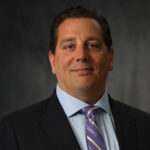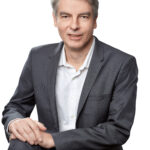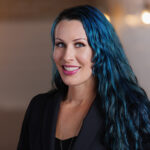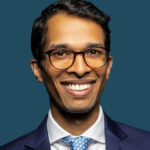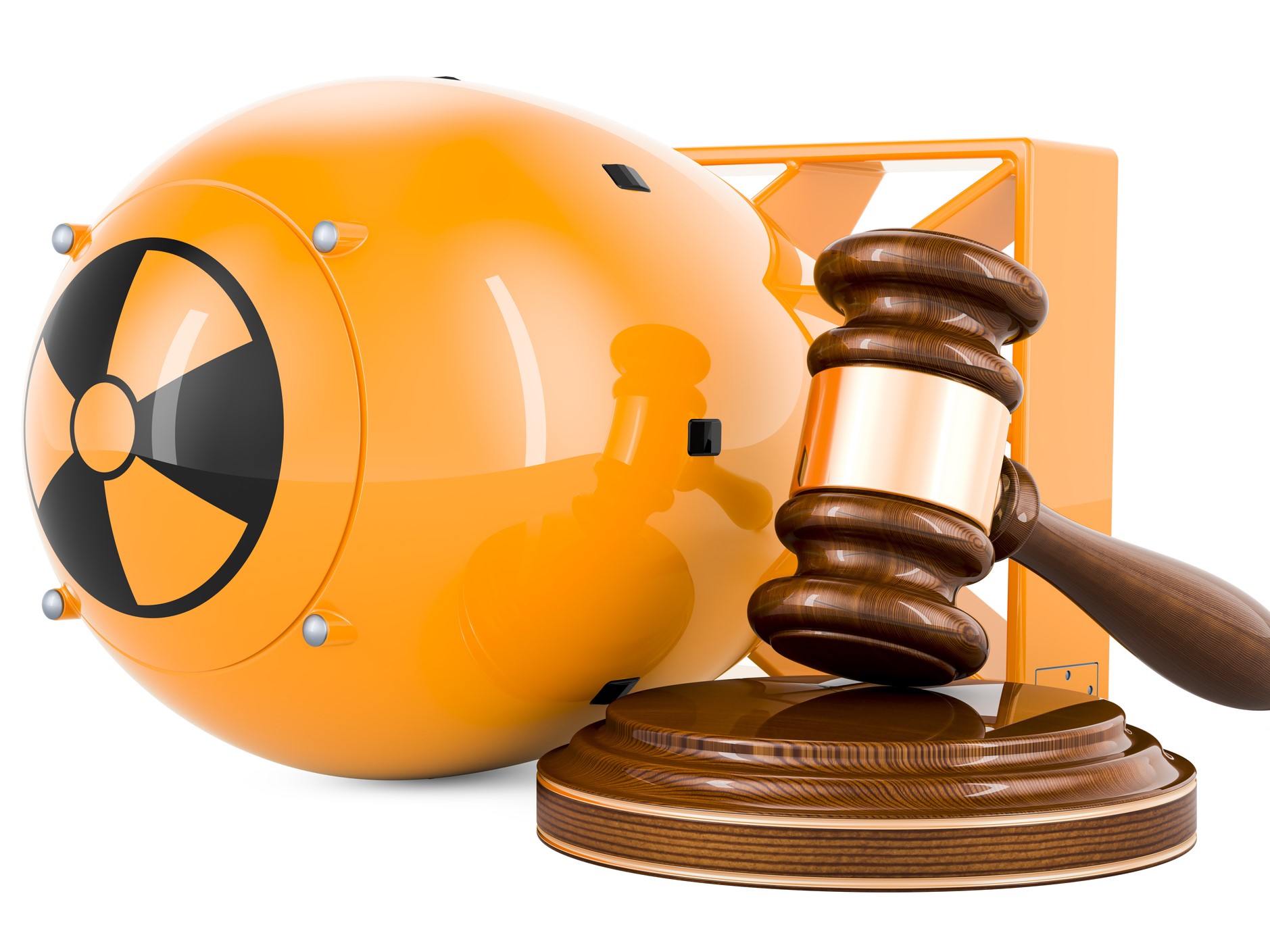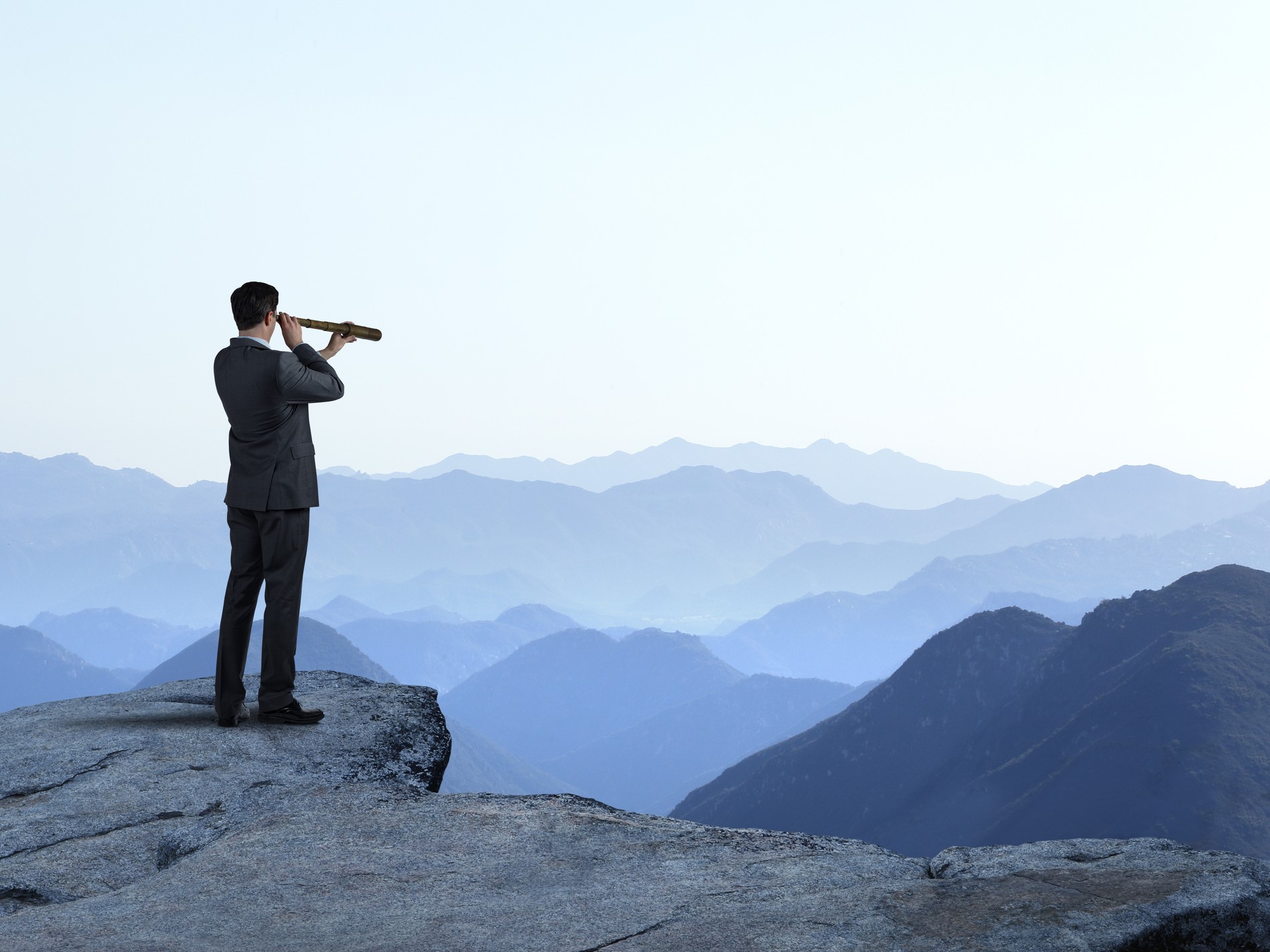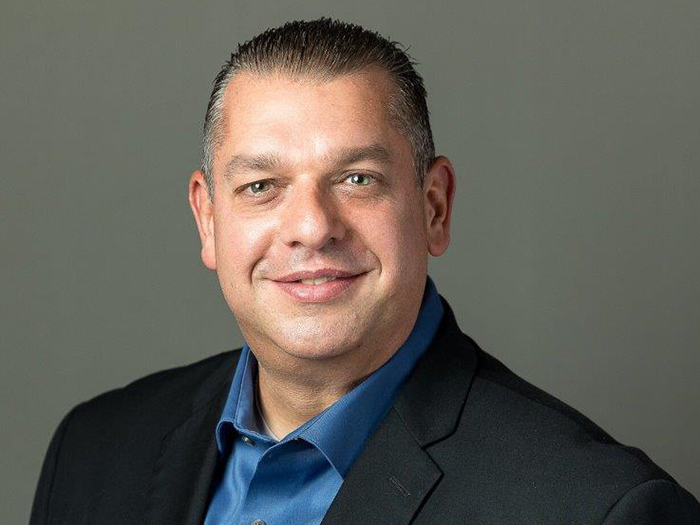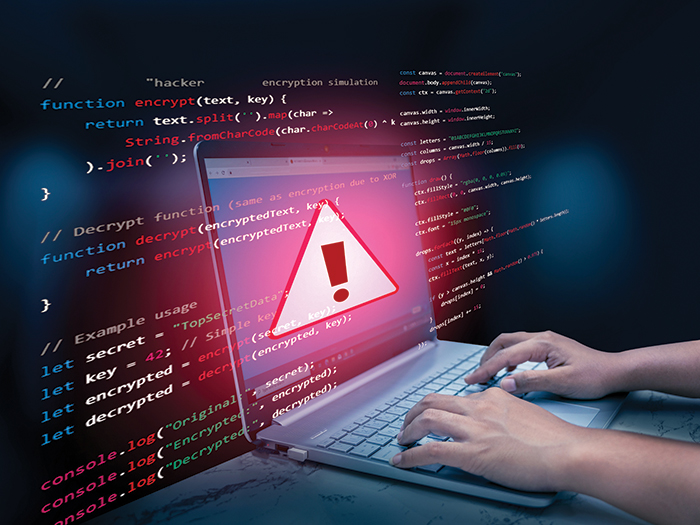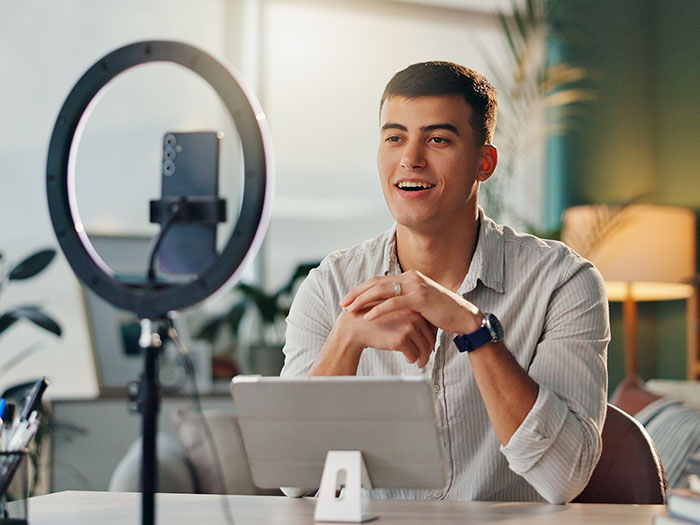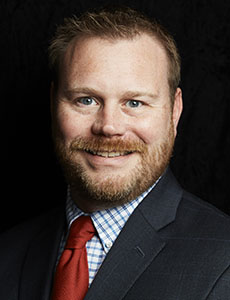7 Questions for Matt Scott of The Hartford
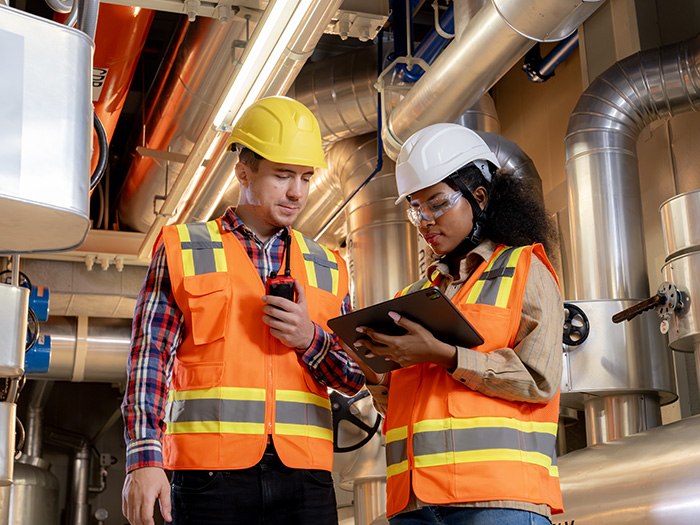
In October of 2025, Dan Reynolds, the editor in chief of Risk & Insurance, caught up with Matt Scott, Head of Property Casualty Innovation & Risk Services, The Hartford. What follows is a transcript of that discussion, edited for length and clarity.
Risk & Insurance: Thanks for meeting with us, Matt. What are the recent developments in risk services and risk engineering at The Hartford, and how have they evolved?
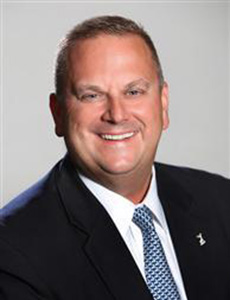
Matt Scott, Head of Property Casualty Innovation & Risk Services, The Hartford
Matt Scott: The Hartford has a 215-year tradition of customer focus, ensuring we’re there in moments of need. Recently, we’ve doubled down on our focus on delivering value for our customers. This means meeting customers where they are and solving their needs to keep their businesses healthy. We have a rich history of delivering for our customers but in light of the pace of technological change we have recommitted ourselves to deliver the cutting edge of risk mitigation and there’s a bit of a story behind that.
We acquired Y-Risk in 2018, an MGA embracing customers with innovative business models in the shared economy. Think of ridesharing or food delivery companies where shared assets are used in a commercial framework. Y-Risk specializes in meeting these customers’ needs with products that only insure assets during commercial use so customers are only paying for coverage when those assets are used in connection with their business.
Y-Risk started a usage-based, pay-per-mile program ensuring customers paid only for their actual risk. This prevents overpayment for those companies who specialize in unique and innovative business models where there are shared assets. This approach excites customers by embracing their innovative business models, tailoring a particular product to their needs while still applying fundamental underwriting principles.
The success of Y-Risk inspired us to develop Y-Risk Innovation Labs. The lab embraces current technologies like IoT, explores different pricing methods, and implements new concepts that bring us closer to our customers. These innovations advance what we believe can be effective risk prevention in partnership with our customers.
Risk services and risk engineering consultants are also part of my organization where we test technology and deliver it to the market through customer consultation delivered by our risk engineering consultants. These professionals advise customers and implement solutions that help avoid losses. The whole idea is to go beyond just offering a great insurance product in exchange for capital, we are going deeper to prevent claims from even happening.
At The Hartford, we offer a deep portfolio of best-in-class insurance products and outstanding claims service, but we’re also advancing relationships in ways that ensure our customers are productive and thrive. This deep customer centricity allows us to unleash the power of our experience leveraging our strong brand, history, and deep data insights to keep people safer.
Our goal is to ensure people are safer and more productive, whether at work or home. This customer-focused approach is motivating a significant portion of our company to unlock their expertise to do more for our customers.
R&I: What percentage of insurance claims do you believe are preventable?
MS: We believe the majority of claims are preventable in many contexts.
For example, telematics technology that advises drivers about distraction, speeding, and hard braking are greatly reducing accident frequency. Video sensors behind or in front of vehicles are also proving effective in prevention.
For property risk avoidance, water-sensor prevention should be prioritized alongside fire and carbon monoxide prevention. Think about the difference between mitigating a water loss in the first ten minutes versus letting it flow overnight where the amount of water may cause extensive damage.
In manufacturing environments for our workers’ compensation customers, technology has transformed our approach. We can use computer vision with artificial intelligence to identify dangerous situations in real-time and coach employees on the spot.
This represents a significant evolution from the past. Ten years ago, a risk engineering consultant would visit a facility once, offer recommendations, and perhaps return annually to check progress. Now we can equip insureds with ongoing monitoring systems that identify risks daily and help modify behavior immediately.
For example, the system can provide real-time guidance like “don’t drive that forklift this way” or recommend assistance to prevent ergonomic injuries. These interventions help prevent damage and injuries before they occur.
Having spent 30 years with the company and growing up in claims, I firmly believe most claims we pay could be prevented. This is achievable through partnership with customers who are willing to implement our recommendations.
R&I: Which two sensors or monitoring systems have proven most effective in preventing incidents?
MS: The first would be water sensors. When a water leak occurs, an alert is generated that allows the valve to be shut off immediately, preventing further damage. This greatly reduces interruptions to business operations, productivity, and potential damages.
We are currently expanding this offering to our customers across our commercial businesses to create more impact. The second is telematics, which provides incredible reductions in accident frequency and severity. Additional benefits include fuel management savings, productivity improvements, and better retention of skilled drivers for those who implement it properly.
Success hinges on adoption—insureds need to embrace the technology and integrate it into their culture to promote safer driving practices. Both technologies have proven highly effective, but there are many other examples worth noting.
We’ve implemented solutions such as sensors on factory equipment like forklifts and wearables for employees. When a pedestrian and forklift come near each other, a warning alerts both parties to prevent potential collisions.
This technology is relatable to the collision avoidance systems in modern vehicles. I’ve knocked over my trash cans many times before having sensors in my car, but haven’t come near them in years since implementing this technology.
R&I: What trends are you seeing in claims data that businesses might be surprised by?
MS: We all know weather patterns are changing. The weather patterns are creating more extreme conditions, causing increased concerns for our insureds about business interruptions. How can businesses operate when faced with flooding, electrical outages, and similar disruptions?
Some regions have always been subject to adverse weather like hurricanes or tornados, but now more of the country is experiencing similar interruptions. This is why our property protection protocols include storm preparedness advice, resilient building strategies, and restoration planning.
Another trend we’re seeing is in cybersecurity, which is frequently seen in the news. There’s substantial risk for businesses leveraging technology for efficiency and ease of business while operating on potentially vulnerable platforms.
When we take on a cyber risk, we assess that company and go deep into their technology stack to explore vulnerabilities before offering a product. This approach not only provides protection from The Hartford but also improves their security hygiene through our professionals who identify areas needing improvement. It’s a great example of preventing a claim before it happens. The best claim is one that never occurs.
We’re also seeing concerning trends in legal system abuse. Nuclear verdicts, prolific attorney advertising, and third-party investments in litigation outcomes are creating a gambling atmosphere around seeking large returns on non-economic damages.
We defend many commercial insureds in litigation, and technology can help us defend our customers. For example, with slip and fall incidents, computer vision technology can monitor store aisles, alert managers to spills, and deploy staff quickly to clean them up before injuries occur. This prevents litigation by removing hazards before they endanger customers.
I wouldn’t say any of these trends would be “news” our customers, as we conduct extensive outreach and provide advice through our distribution channels including our brokers, and agents. But our data is certainly confirming these changing patterns.
R&I: How does your organization manage its culture to innovate at the right speed, particularly when it comes to upskilling employees to take advantage of new technologies like AI?
MS: It never feels fast enough with the pace of change. With regard to artificial intelligence, The Hartford is ensuring we are prepared and that we’re on the cutting edge of understanding what the implications of artificial intelligence are.
Artificial intelligence democratizes available human knowledge, which isn’t perfect depending on what sources that AI accesses. There’s liability to be considered for bias in models and the new and emerging risks that may come with using artificial intelligence. This is something we’re experimenting with and discussing daily.
When it comes to preparing The Hartford’s workforce around change and innovation, our leadership behaviors have included having an innovative mindset for years. We challenge our leaders to think differently and empower our frontline people to solve problems.
At The Hartford, we define innovation as creating customer value, and we try to empower every one of our 19,000 plus employees with the mindset that they can contribute to this in their daily tasks. We consistently survey our employees on how they feel about our ability to innovate and create customer value and when we identify gaps in that pursuit we address the obstacles.
It’s about ensuring your goals, culture, leadership profiles, and employee empowerment all focus on idea generation and thinking differently, with the customer at the center. That’s what we’re doing at The Hartford right now.
R&I: How does customer centricity serve as a litmus test for evaluating new ideas within your organization?
MS: Customer centricity is essential. At The Hartford, our Y-Risk Innovation Labs partners with our strategy teams in each of our business units to use these relationships as a steering committee. When someone proposes a new idea or product, we present it to that steering committee to ensure it passes our customer-focused litmus test.
We evaluate whether the idea will benefit the customer, create value, and advance our culture of customer adoption on risk prevention or solve a customer problem. If we’re guided by these principles, we innovate in the right spaces and harness that energy for a good return. That return is primarily where we excite our customers and grow our business.
When we do right by the customer, our business grows and endures. The Hartford has been successful for more than two hundred years. We’ll continue for another two hundred if we maintain this customer-first approach.
R&I: What areas of loss prevention or innovation should our readers know about The Hartford that we haven’t discussed?
MS: I would like our customers to understand that while we will always provide outstanding service and products that cover their problems when claims arise, going through a claim is stressful. It interrupts your life. You would rather not have a flooded basement, a semi truck trailer accident, or employees who don’t return safely home at night.
We have always been outstanding at claim administration and being there in a moment of need. What’s in front of us now is how we can be there at that moment of prevention. We have an incredibly well-trusted brand and we’re asking our customers to go deeper with us and trust us in the partnership.
I’m looking for our customers to be just as innovative as we are and to really think about a different relationship with The Hartford. They should consider what capabilities of our company they can leverage for the safety, productivity, and prosperity of their businesses and families.
All I can say is give us a try. We won’t let you down because I’ve seen firsthand the power of what we can do and the power of what we can prevent. &

